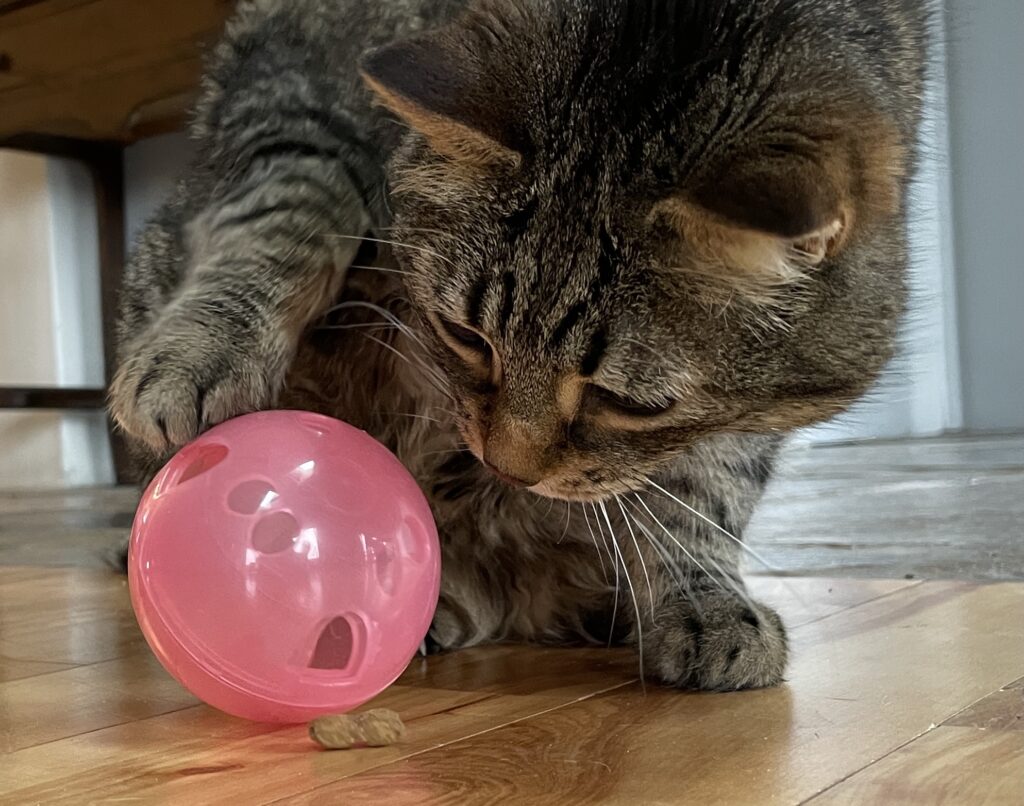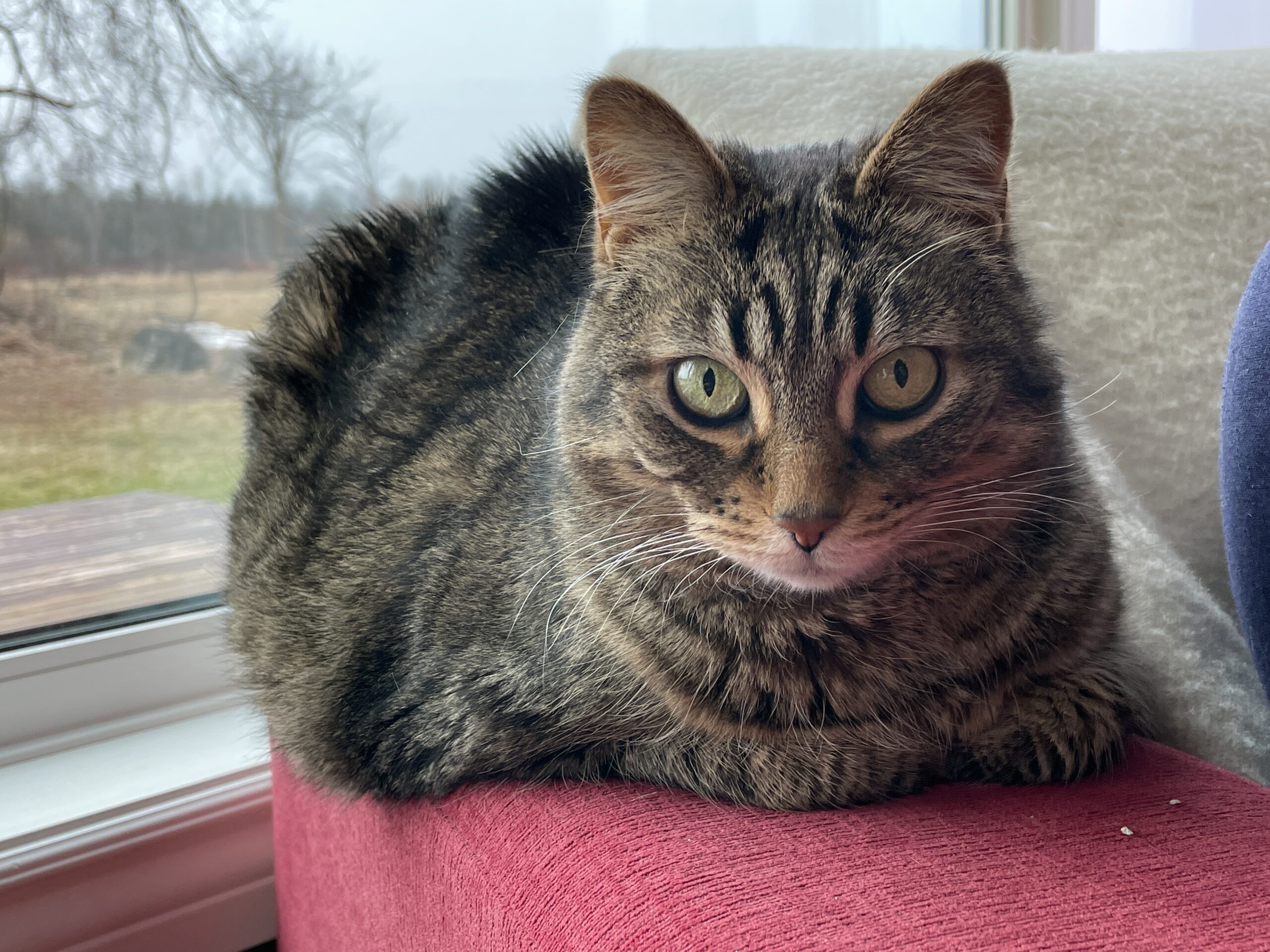Obesity is one of the most commonly diagnosed diseases in dogs and cats and, at the same time, is also one of the most preventable. Well over 50% of dogs and cats are carrying excess weight. In fact, it is so common that society now perceives overweight pets as the norm. The cherubic features of overweight pets are often perceived as “cute and cuddly” meanwhile research has shown that obesity has a significant negative impact on both quality of life and longevity. So how can we go about addressing this epidemic?
It’s not just about the number on the scale; your pet’s body condition – how they carry the weight on their frame – is the best way to determine if obesity is a concern. Standing squarely on all four feet, a dog or cat in ideal body condition should have an hourglass waistline when viewed from the top and an abdominal tuck when viewed from the side. Additionally, your pet’s ribs should be easily felt when running your hands over their chest. Check with your veterinary healthcare team for their opinion on your pet’s body condition and, if it isn’t ideal, ask them for help in getting your pet to a healthier weight.
The biggest game-changer for minimizing the risk of obesity in dogs and cats is to feed them precisely. Ideally, food should be weighed with a digital kitchen scale, especially for cats and small dogs where even a few extra kibbles can make a big difference. Measuring cups have been shown to be surprisingly inaccurate for portioning pet food, resulting in inadvertent overfeeding which adds up over time. Feeding amounts should be readily available in grams from the manufacturer but you can always reach out to your veterinary healthcare team for assistance, too.

Of course, this means that if you have multiple pets, you will also need to feed them separately. Generally this isn’t an issue for dogs as they tend to eat their food in one sitting; cats, however, can be a bit more of a challenge. Believe it or not, with a bit of patience cats can be trained to eat their food as meals allowing you to feed each cat in a separate area of the house. For cats that prefer to nibble at their food throughout the day, some pretty cool technology – just search “microchip pet feeder” online – now exists that’s literally the cat’s meow!
The other key preventative measure that you can take to help avoid obesity in your pet is to minimize treats and other food items. Treats should never make up more than 10% of the pet’s daily intake so choose low-calorie options with a consistent size and known caloric content. Remember that your pet needs considerably fewer calories than you do: a small 20-lb dog needs around 500 calories per day while a larger 60-lb dog needs approximately 1000; the average cat only needs about 200 calories daily.

Lastly, monitoring your pet’s weight and body condition will help to identify issues early. If your pet is diagnosed with obesity, a weight loss program can be pursued with the supervision and support of your veterinary healthcare team. Prescription foods should be used as they are designed to ensure safe and effective weight loss while reducing the risk of begging behaviour. Even small steps towards a healthier weight have the potential to significantly improve quality of life.
Through prevention, increased awareness, and weight management the obesity epidemic in our pets can be addressed, ensuring our pets live their best – and longest – lives.
Graham Mobile Veterinary Weight Management Services offers tailored weight management programs for dogs and cats across Ontario. If you need further assistance with your pet’s nutritional plan, feel free to contact us directly!
A version of this blog was first published in The Wellington Advertiser, 27 October 2022


0 Comments